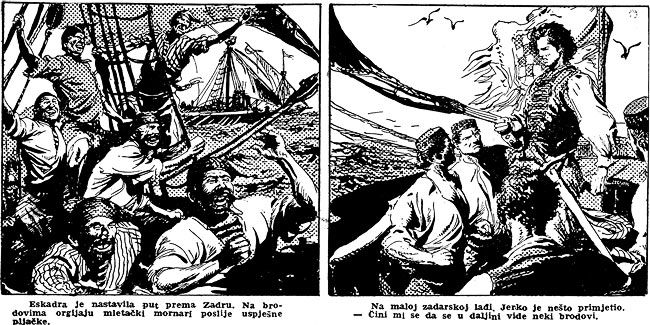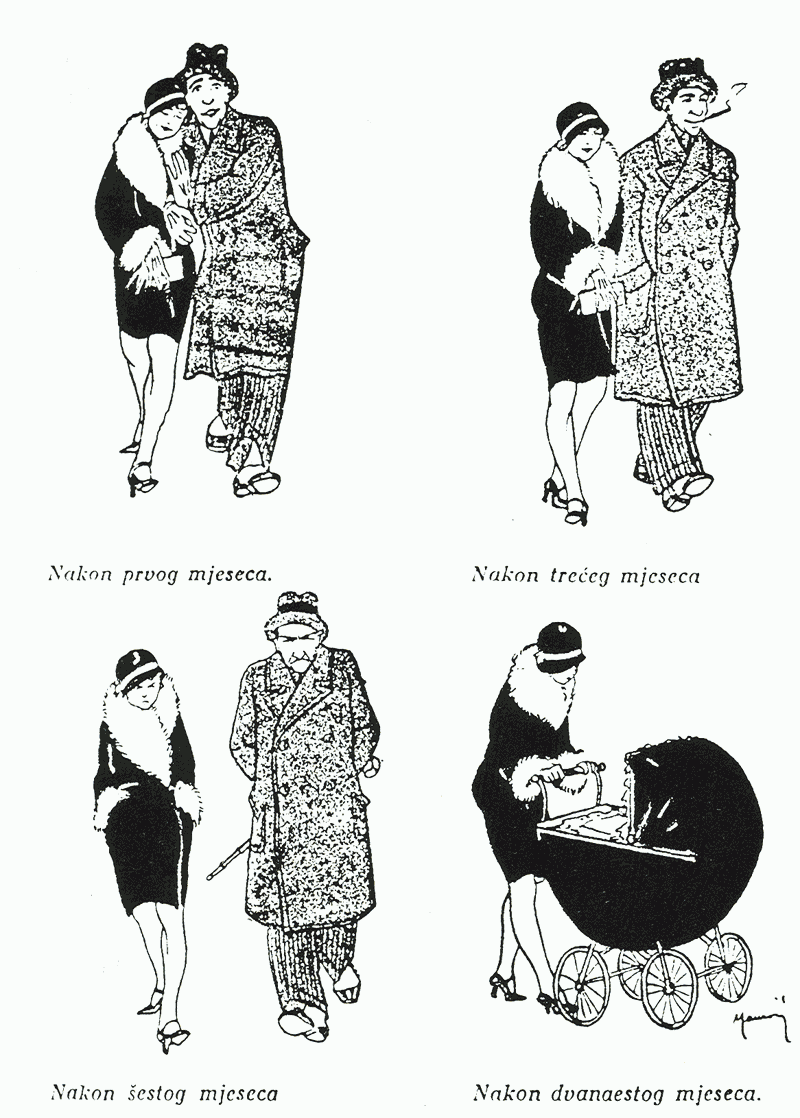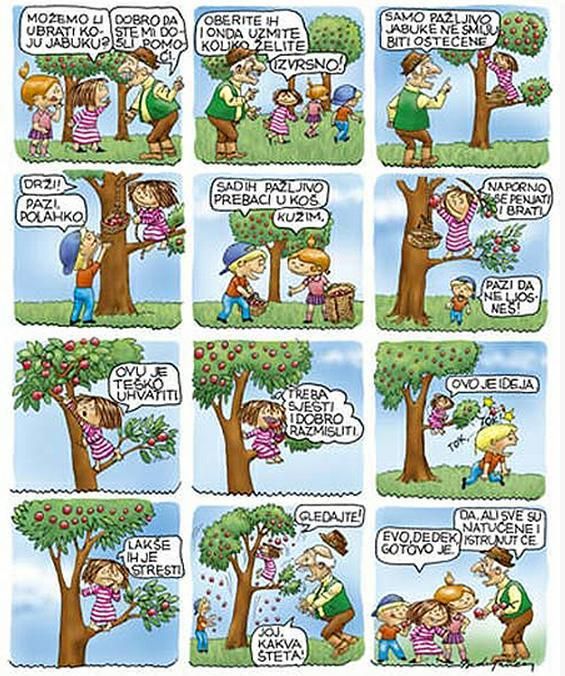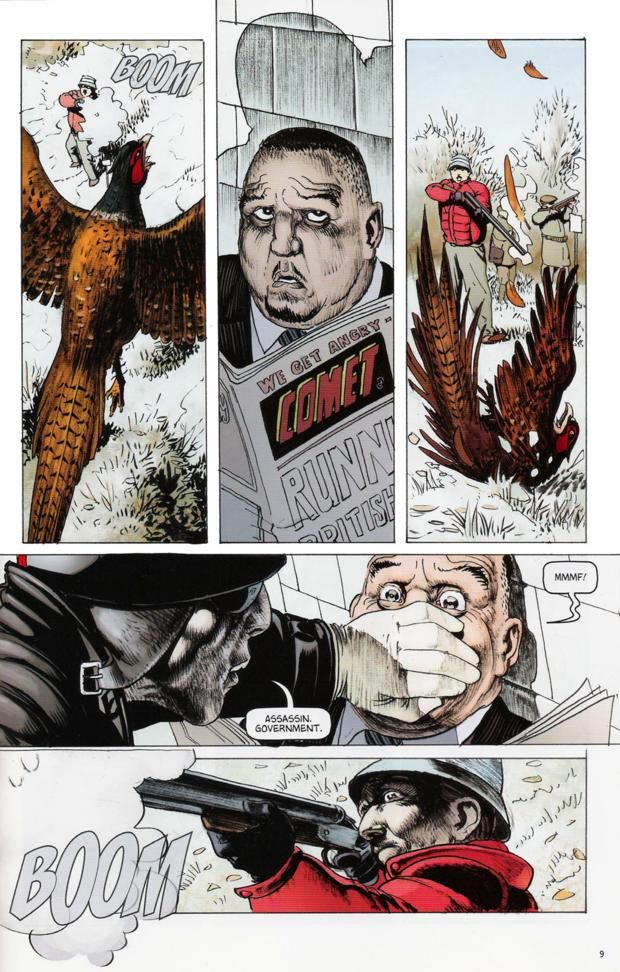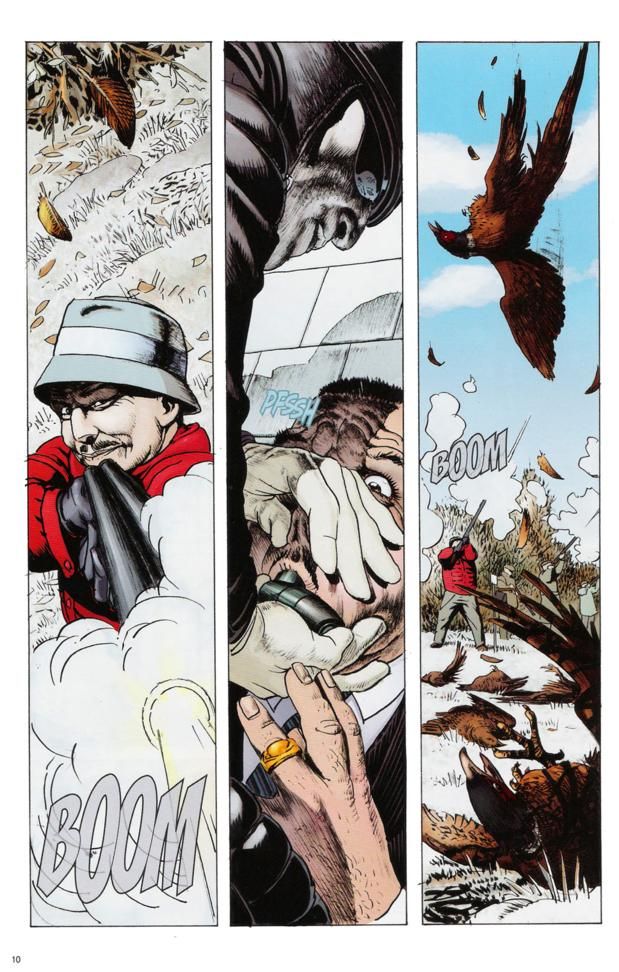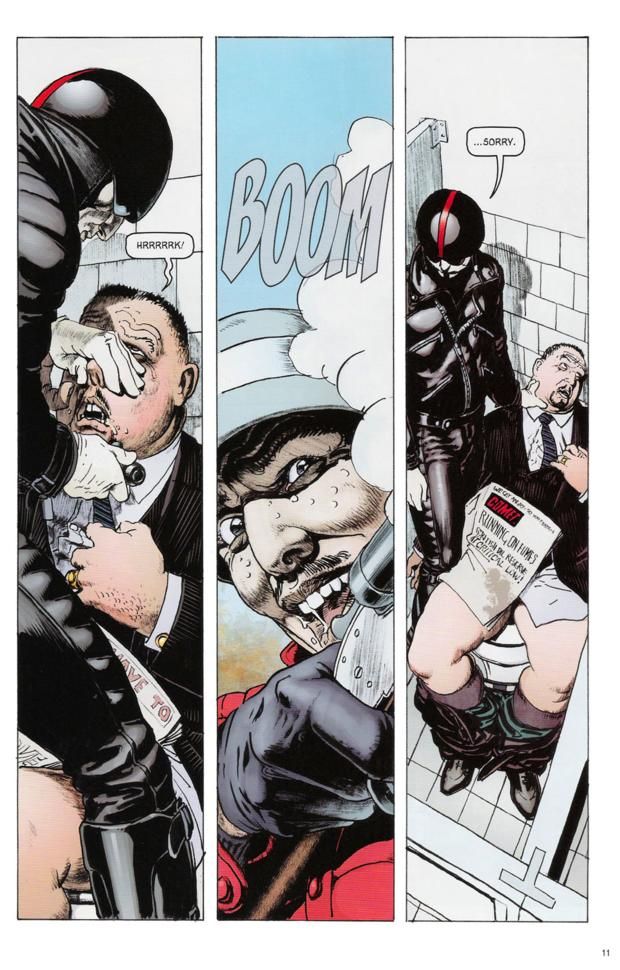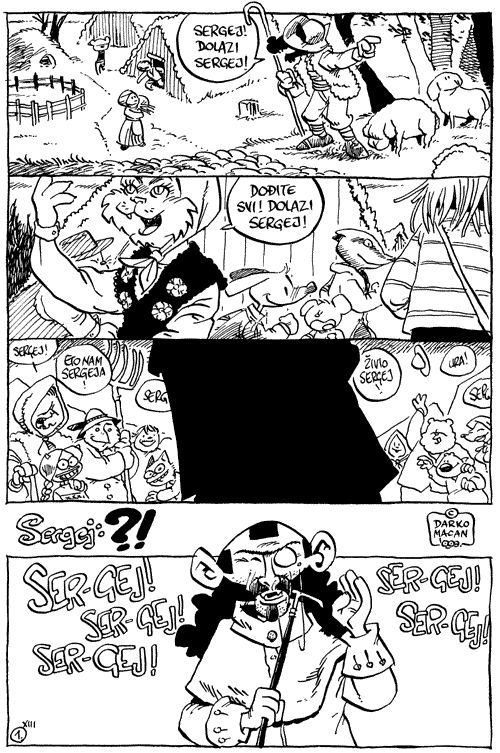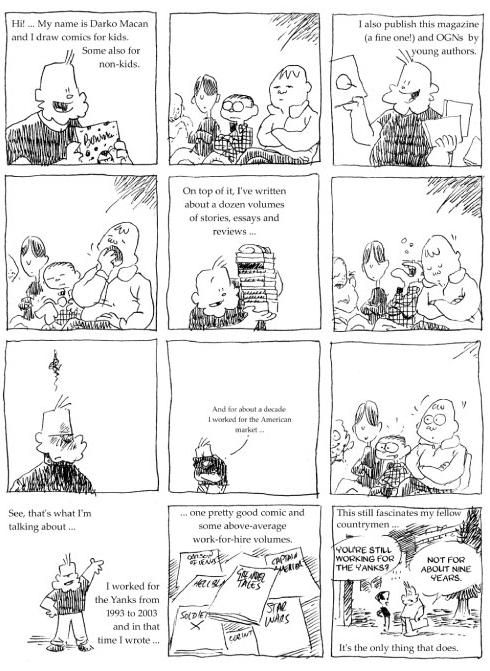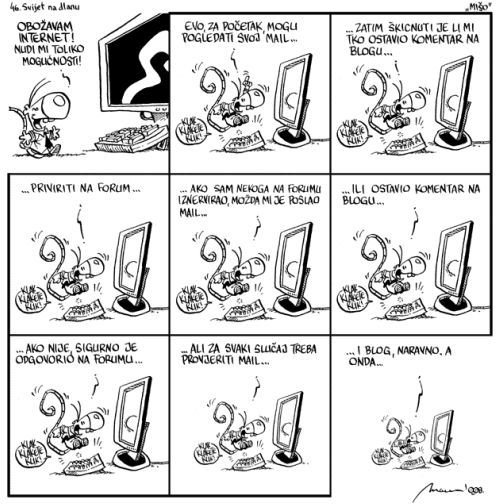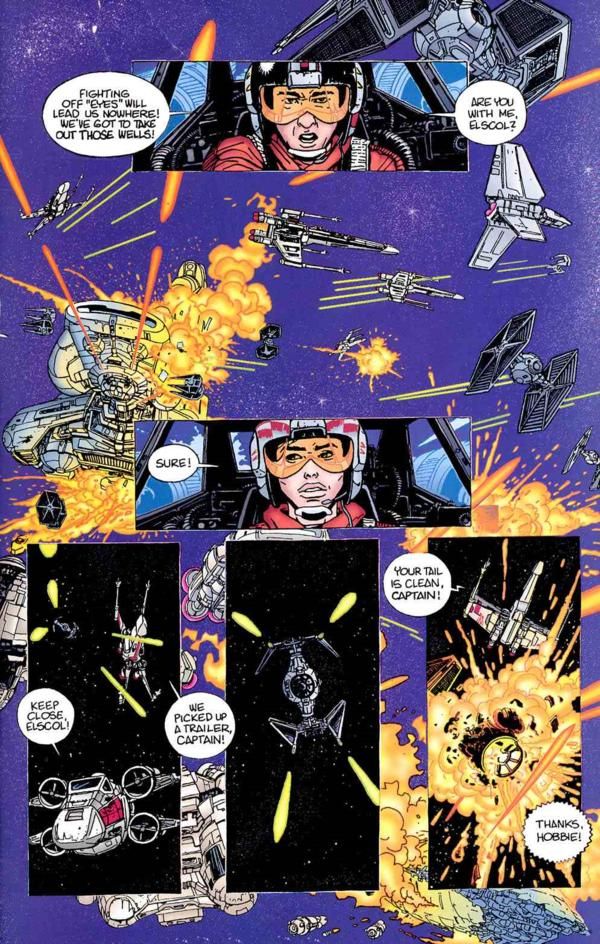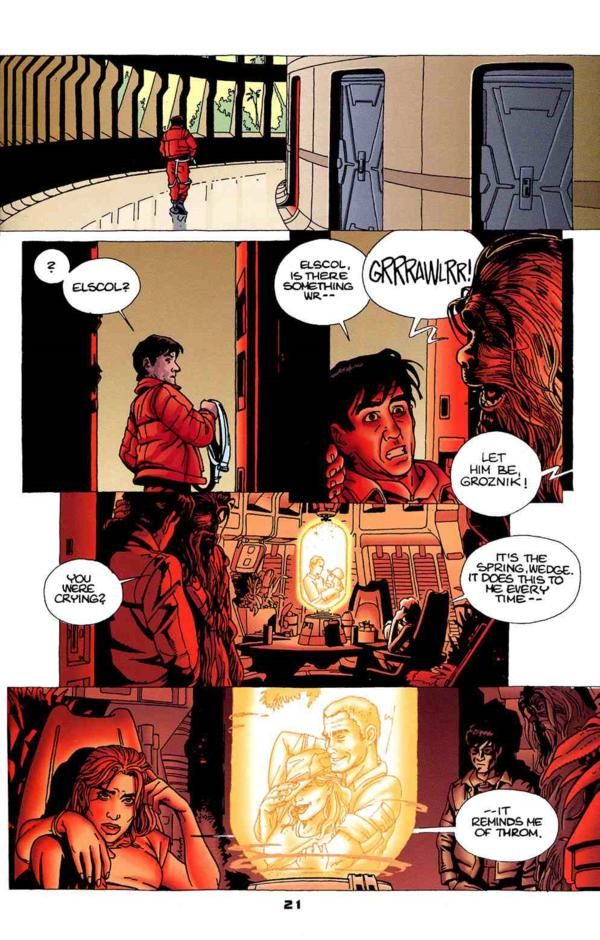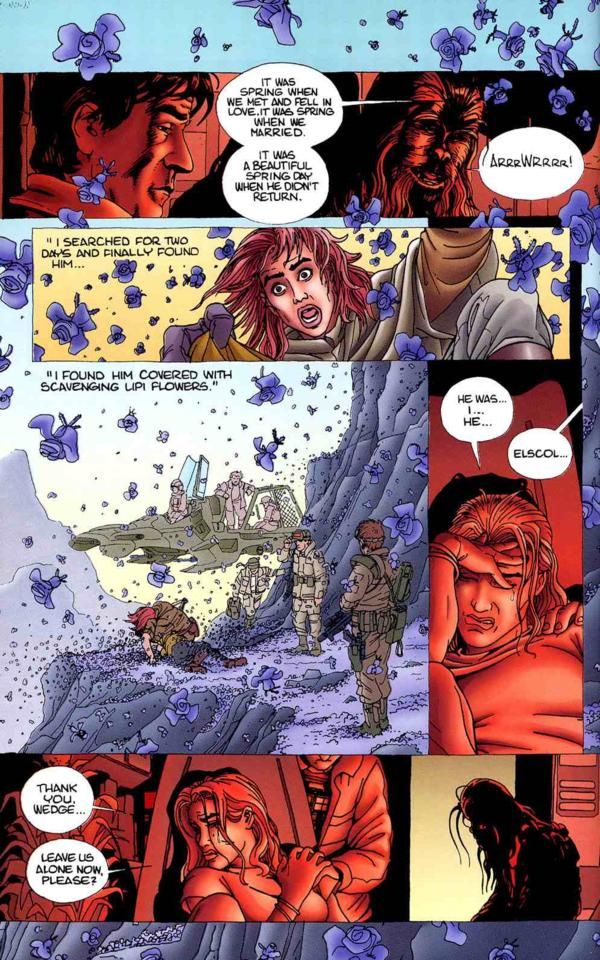Goran Sudžuka is an acclaimed Croatian artist who started off working in animation before he began working in comics, as well, initially with the great Darko Macan. Sudžuka has done a number of series for DC’s Vertigo line of comics, including being the regular alternate artist on the award-winning and extremely popular Y the Last Man series with writer Brian K. Vaughan. Recently, he worked on Wolverine with writer Jason Aaron. - BC
Although this is my list, I’m sure you would find the same names on most such lists made by Croatian artists of the younger (forty-five and below) generation.
But first, let me give you a brief history of Croatian comics.
Croatia was part of Yugoslavia from its creation in 1918 to its end in 1990. Placed in the southeast of Europe, but also stretching into central Europe and with a long Mediterranean coast, Yugoslavia was always between the East and West and never quite belonged to either. Between two world wars, Yugoslavia was (at least in attempt) a western oriented capitalist country, so, as comics appeared in the United States, they soon became popular in Yugoslavia, as well. These were mostly Disney’s and classic newspaper strips. In the thirties an increasing number of domestic artists started working on the ever more popular novelty, Zagreb and Belgrade being the most important centers for the production and publication of comics.
After the Second World War, Yugoslavia became a communist country and for a while comics were considered a relic of “rotten capitalism”. Things settled down somewhat in the sixties and Yugoslavia opened up to the west. Successfully balancing between the Eastern communist block and the capitalist West, it let in cultural (and commercial) Western products like movies and music. Comics were no exception. Along with the economy at that time, the comic scene bloomed with a thousand blossoms.
Being hugely popular at the time, newspapers and magazines were publishing American and British comics alongside the best of the Franco-Belgian production. At the same time there was a lot of support for domestic artists and many of them were as popular (if not even more), productive and respected as the international ones. Comics became an accepted form of widely popular entertainment.
In the seventies, the production of comics (and with it their diversity) grew even more. Newspaper stands were swamped with all kinds of comic publications. Comics from the Italian publisher Bonelli were the most popular, despite their rather low quality. Alan Ford, another Italian comic (but not published by Bonelli) was a phenomenon in itself being even more popular in Yugoslavia then in its native country. Asterix and Lucky Luke albums were published and sold in tens of thousands of copies. However, the most common were comic magazines that published episodes of different comics in a single issue, usually in a weekly rhythm. There you could find classics like Hal Foster’s Prince Valiant and George McManus’ Bringing Up Father or Alex Raymond’s Rip Kirby alongside with Jean Giraud’s (Moebius) Lieutenant Blueberry; Milton Caniff’s Steve Canyon and Franquin’s Gaston.
John Buscema’s Conan, Silver Surfer and Thor were one of the most popular. Hermann Huppen’s Bernard Prince, Comanche and Jeremiah, as well. Batman, Superman and Daredevil were some of the regularly published superheroes. No X-men, though.
Dozens of Franco-Belgian authors were obligatory content in those magazines; Michel Regnier (Greg), Jean-Michel Charlier, Uderzo, Goscinny, Willian Vance, just to name a few. It wasn’t only American and French comics that were published and popular, but Italian as well. Apart from Bonelli’s authors, there were Hugo Pratt, Milo Manara, Sergio Toppi, Dino Battaglia and many others. Spanish and Argentinean masters were also frequent guests on the pages of those magazines – Alfonso Font, Jose Ortiz, Jordi Bernet, Alberto and Enrique Breccia …
Most of these magazines were sold in hundreds of thousands of copies, and this in a country of roughly 20 million citizens, most of them working class (as it should be in proper socialist countries). They were cheap, usually printed in black and white and available at all news-stands. I don’t remember not being able to buy them because I couldn’t afford it. I would pick up the ones I liked and there were always several available every week!
At the beginning of the seventies, the domestic scene fell behind a little. Import was overwhelming and comics were too often viewed as pulp. Things changed at the end of the decade with Yu-Strip Magazine and Novi Kvadrat (New Square, actually New Panel). Yu-Strip Magazine was, as indicated in the name, a magazine dedicated to promoting, producing and publishing domestic comics. Novi Kvadrat was a group of young comic artists. Both, in their own ways, brought freshness to the Yugoslavian comic scene, as well as some respect from “official” cultural circles. They inspired (Novi Kvadrat) or supported (Yu-Strip) a whole new generation of comic artists during the eighties. I was a teenager then and I remember dreaming about becoming one of them, I couldn’t care less about an international career.
But the eighties were also a very turbulent time in Yugoslavia, which was opening up to the West, but at the same time suffering a huge economic crisis. Comics became more expensive, due to the galloping inflation, with a new price tagged to each new issue. As if that were not enough, due to the shortage of printing paper comics lost first the weekly and then the monthly rhythm. The end of the country we were living in and of the comic scene we knew and loved was looming over our heads.
Although there are lots of international artists that I admire and who had a big influence on my work, I’ll make a list here of Croatian artists. Some of them you’ve probably never heard of, some you might know. Either way, I would recommend that you make an effort to explore and find out more about their work [For each artist Goran listed, I picked out three pieces of art by that artist. -BC].
1. Andrija Maurovic
Born at the beginning of the 20th century, Maurovic was a true pioneer of Croatian comics. Starting his career in the 1930’s, he immediately became the most popular author in Yugoslavia between the world wars. His early work was heavily influenced by silent movies. From the design of the characters, gesticulations and face expressions to the framing of the panels – everything was cinematic decades before that comparison became usual in American comics. He survived Second World War and created lots of new comics in the sixties. With more experience he enriched his visual style with deep, heavy inking and proved himself a master of shadow play. In his late years he gave up working on mainstream comics and turned to an ascetic lifestyle that excluded the luxuries of running water and electricity, painting huge oil paintings with apocalyptic motifs and hardcore porn comics for his own pleasure. A truly unique figure in the whole comic industry, not just in Croatia.
2. Ivica Bednjanec
Starting his career in the late fifties, Bednjanec himself wrote all the comics he drew. Highly productive, he made thousands of pages of beautiful black and white comics largely published in youth magazines officially distributed in schools. His work was inevitable reading for every kid in Croatia for decades.
3. Igor Kordey
Probably the most productive Croatian artist of all time. His early short works were groundbreaking. His graphic style and radical storytelling influenced a whole new generation. But he went further from there, proving himself capable of working in mainstream comics and keeping a unique, raw, naturalist style, his inspiration being drawn from artistic fields far wider then comics itself.
4. Darko Macan
I don’t know anyone who understands and loves comics as much as he does. Although mostly known as a writer, Darko is an artist himself. Even more - he produces, publishes and translates comics, as well as writes about them. We started working together at the beginning of my career and he deserves a lot of credit for the kind of artist I am today. To see how he tells a 24 page story without a single word, check out his 24 hour comics.
5. Edvin "Eddy" Biukovic
Pure genius! Except being one of my best friends, he was also the biggest influence and support during my formative years (read: from 15 to 30 years of age). Eddy’s passion and understanding of what’s important in making comics was unprecedented and if it wasn’t for his premature death at the age of thirty, I know that today he would be among the ten best comic artists of our time. Of course, his best work was done in collaboration with Macan.
I hope this list will serve as an introduction to the exploration of the Croatian comic scene and help new readers discover some gems outside the mainstream comic industry.

